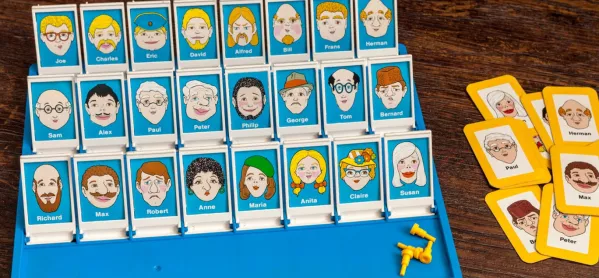It may╠²not surprise you to learn that none of my teachers ever forgot my name.
When your parents gift you with an unusual name, you soon get used to correcting the pronunciation (ŌĆ£You say it ŌĆśgrawn-yaŌĆÖ, MissŌĆØ) and they tend to remember it.
But when I became a teacher, I found my memory for names wasnŌĆÖt so great.
░┬▒▒¶▒¶▓·▒Š▒▓į▓Ą:╠²Why teachers must feel able to talk up their strengths
Avoiding burnout:╠²Three ways our school proritises teacher wellbeing
CPD:╠²Five research studies teachers should know about
Learning names is one of the most critical steps in instilling good behaviour and positive relationships in your classes,╠²so╠²you╠²just have to get better at it.╠²
Here are my tried-and-tested methods:
1. Get the backstory
The first homework I used to set was finding out why that child has their name, or the meaning behind their name.
Then in the next lesson, the students would╠²share their stories with the class. This takes a little bit of time╠²but itŌĆÖs definitely worth it, not just to improve recall but to╠²bond a little with your new students.
2. Say your name, say your name
A good rule to put in place╠²for the first few weeks is that every student must say their name before giving an answer in class.╠²
The more you hear a name╠²and the more you use a╠²name, the more it will stick in your memory.
3. Embrace the seating plan
Keep checking the seating plan. By constantly referring to it, you will╠²remember studentsŌĆÖ╠²names and╠²where they sit (which╠²has the added bonus of preventing╠²the cheeky ŌĆ£letŌĆÖs switch seats and see if the teacher╠²noticesŌĆØ╠²malarkey that you sometimes get in the first few weeks).
4. Wear it with pride
For the primary school teachers who are taking year groups╠²at transition points, you may╠²have classes where the students are learning each othersŌĆÖ names too.╠²
Handing out name badges to be worn for the first few days will help you all.
5. Tell them itŌĆÖs OK to correct you
One of the worst things is when you incorrectly learn a studentŌĆÖs name. Just like any newly learned╠²fact, youŌĆÖll struggle to relearn the misconception, and end up forever tripping over yourself when you try to call on the student.
From the first lesson, make it clear that you donŌĆÖt mind being corrected if you get it wrong, and make sure the╠²pronunciation youŌĆÖre using╠²is the right one!
Grainne Hallahan taught English in secondary schools in Essex for 10╠²years
This article was originally published on 1 September 2019





